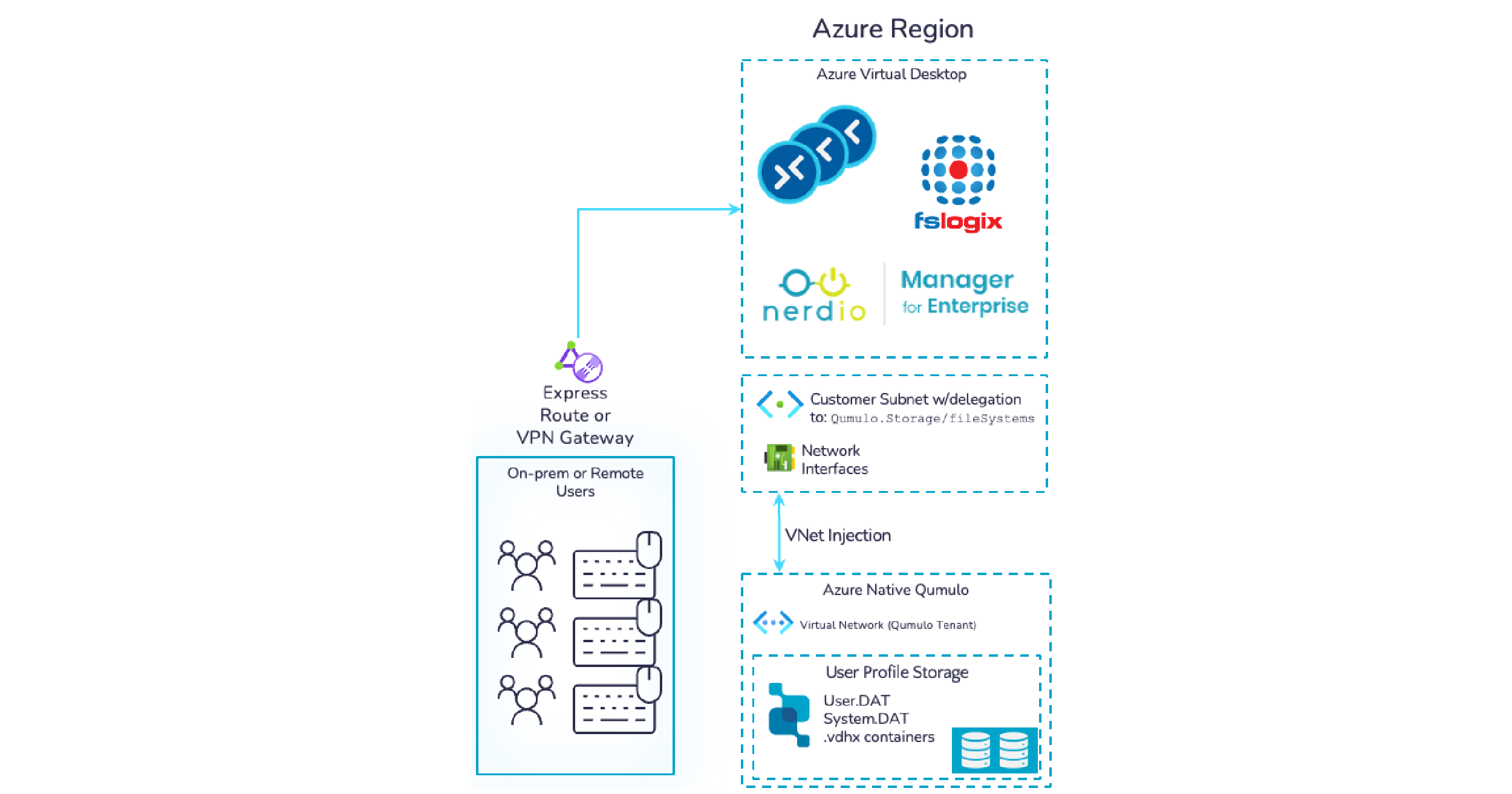Once upon a time a man went to the market and was offered a very cheap elephant. He immediately took the offer. You can’t pass up a great deal, right? But after he got it home, he discovered it needed to be fed, watered, and he had to buy a bigger shovel to clean up after it!
Some storage solutions are like a cheap elephant. The vendor makes it look like a great deal, but once you get it set up, will you end up with a lot of unanticipated costs and have to pay more just to clean up a big mess? Many storage vendors typically focus on raw storage capacity when they give you a quote, but they’re leaving out a lot of the hidden costs that can really add up.
The True Costs of Cheap Storage
1. Raw capacity vs. what you can actually use
Raw capacity does not give you the full story. You need to know how much space you’ll actually have for your files. Ask your vendor:
1. How much capacity will I have for my files after I account for data protection?
2. Can I fill my disk to 100%, or do I have to keep some of my capacity empty? If so, how much? (Some vendors explicitly do not recommend filling an array beyond 70 or 80%.)
3. Is the storage efficiency of small files the same as large files? Some vendors store small files with much less efficiency than large ones.
The answers to these questions will give you the “true usable capacity” available to you, which is critically important when you’re comparing cost per usable terabyte.
2. What are the environmental costs?
A system that draws a lot of power and uses a large number of network ports isn’t the bargain you might think. Here are some questions you should be asking:
1. How much will power and cooling cost?
2. How much rack space will I need?
3. What is the cost of network ports?
Often, organizations have a dedicated networking team, separate from the storage team, and they charge a flat rate to manage each port.
3. What are the time management costs?
The time you spend deploying and managing infrastructure is a real cost to your business. Ask your vendor the following:
1. How long does it take to set up a cluster?
2. What tools do I need to diagnose problems? How long does it take to diagnose a performance bottleneck? How long does it take to provision a user storage quota?
3. What kind of help can I expect if I have problems? (Either you’ll have to hire people, or the vendor provides them. The costs of customer support can be very high.
4. What about the costs of lost productivity and under- or over-provisioning?
Ultimately, we buy infrastructure to get a job done so user productivity is an important variable when considering cost. Before committing to a system, make sure you understand:
1. How much downtime can I expect, and what will that cost my business?
2. What tools do I have for capacity planning? If you can plan for capacity, you don’t have to over-provision or be faced with telling your users they have to either stop working or delete files while they wait three months for the new nodes to arrive.
3. Will the system’s performance handle my workloads?
The Qumulo advantage
At Qumulo, we won’t sell you an elephant for your data center and you definitely won’t need a shovel. We’ve built our product from the ground up with the goal of saving you time and money well after the initial purchase.
1. Capacity
With Qumulo File Fabric (QF2), you can use 100% of provisioned usable capacity for your files, not just 75% to 85%, as with other vendors.
1. That means fewer nodes so you spend less for power and cooling, save on rack space, and you don’t need as many network ports.
2. QF2’s innovative Scalable Block Store also handles both small and large files with equal efficiency, so you can scale both capacity and the number of objects.
2. Environmental advantage
QF2 runs on modern, standard hardware, which requires less power and cooling than that of legacy, custom systems and is much denser in terms of rack space and its use of networking ports.
3. Quick installation
QF2 is extremely simple to install. Once the nodes are racked and cabled, all an administrator has to do is sign the end-user license agreement, name the cluster, set up an admin name and password and perhaps enter some IP addresses. From the moment QF2 is unboxed, it can start serving data in a matter of hours, not days. It is even easier to create a QF2 cluster in the public cloud.
4. Real-time analytics
And if there’s an issue, QF2’s Qumulo DB allows you to diagnose it in real-time. Qumulo DB collects information about file system changes as they occur. Rather than having to parse through pages of log files or run separate programs, administrators can gather insight from the QF2 dashboard, including how the data is being used, who has touched it and how often. So if a process or user is using too many system resources, an administrator can see it in real time and apply a capacity quota.
Real-time analytics also help you understand how your capacity is being used over time so you will be able to estimate when you will likely run out of space and make realistic plans for how much storage you’ll need in the future. This data allows our customers to make informed decisions about their workflows so they can buy only the storage they need.
5. Industry-leading customer service
Qumulo Care is staffed by experienced system administrators who can help you get to the bottom of any problems you can’t solve yourself. Our responsive, personal customer care has one of the highest Net Promoter Scores (NPS) in the industry and excellent reviews on Gartner Peer Insights. The cost of Qumulo Care, including 24-hour cloud monitoring, is already a part of your subscription so you don’t pay extra.
6. We’re always improving
At Qumulo, we’re always improving our software, and updating it every two weeks. That means that QF2 subscribers get new capabilities and better performance at no additional cost.
Typically, storage appliances becomes less valuable over time because your software is aging as your workloads become more demanding. Compare that to other storage vendors who charge for new features in “add-ons” and complex licensing schemes.
QF2 also runs in the public cloud, with continuous replication among QF2 clusters no matter where they run. QF2 is the only way to get truly scalable performance for NFS and SMB-based file storage in the public cloud today and the only way to create a universal file fabric that bridges the divides created by geography, data center locations and run-time environments.
QF2 is a platform built for the next 5 years not the last 5 years. This means that our customers know they won’t have to start the storage buying process over again in just 2 years.
Don’t take my word for it…
So, if you want to avoid the elephant in the data center, contact your Qumulo sales reps and ask them to help you calculate the cost of a QF2 subscription and how much you’ll save compared to other vendors.
If you’re interested in learning more about how the QF2 architecture can save you money while giving you capacity and scalability, read Qumulo File Fabric Technical Overview.


